Stirling Moss's greatest races
Stirling Moss, OBE – a champion among men – was a winner. He won the Lavant Cup and Madgwick Cup (twice apiece), the Glover Trophy and Sussex Trophy (also twice apiece), and the Earl of March Trophy and Fordwater Trophy. And that’s just at Goodwood. And that’s excluding the four (of his record seven) RAC Tourist Trophy victories he achieved on that sweeping perimeter road in West Sussex.

He was a history-maker, too: three wins in a day at his first race meeting (1948); the first international win for a disc-braked car (1952); the first world championship Grand Prix win for a British driver (1955); the first world championship GP win for a British car (1957); the first world championship GP win for a car with its engine behind the driver (1958); the first world championship GP wins for Cooper and Lotus (1958 and 1960); and the only Formula 1 win for a four-wheel-drive car (1961).
But for his exemplary sportsmanship he would have become Britain’s inaugural F1 world champion, too. It was after his 1958 ‘defeat’ by a single point (net) by Mike Hawthorn – whose disqualification from second place at the Portuguese GP he had helped to successfully contest – that Moss decided to race ‘for fun’.
Every team in the paddock would have signed him in a heartbeat; instead he shook hands with privateer Rob Walker. This top dog revelled being the underdog. Moss was the best and everybody knew it – including at last ‘The Boy’ himself.
It had, of course, been different at his career’s onset, when Moss battled teenage angst as well as pre-war preconceptions; when he raced as though there were no tomorrow – and that each day was slightly too long for his wellbeing. He never lost that hunger but would learn how to savour rather than devour.

Moss at Goodwood for the Nine Hours, 1953, in the Jaguar C-Type that he would eventually retire.
The wins – he won a ‘pot’ at his first attempt in the familial BMW 328 in 1947 – came thick and fast – five in one June day at Brands Hatch in 1950 – but the disappointments were not shrugged off easily: the loose sprocket that cost him victory in the 500cc Formula 3 support race to the British GP of 1948; the well-meaning but clumsy back-marker who cost him his top front teeth and a broken knee at the Naples GP of 1950; the maddeningly gentle ‘off’ into a Monte Carlo Rally snowdrift in 1952; and the broken A-bracket and engine failure that denied him in the Goodwood Nine Hours of 1952 and 1953.
At the 1954 Italian GP at Monza – by which time Moss had become Maserati’s number one – he was fewer than 10 laps from a maiden world championship victory – having battled and overcome Juan Fangio and Alberto Ascari no less – when all oil and hope drained away.
At Monaco in 1955, path cleared by Mercedes-Benz team-mate Juan Fangio’s smoky retirement, Moss had almost a lap’s lead with fewer than 20 to go when a broken screw in the valve gear punched a hole in the cambox; a rare failure in a season of notable reliability.
Then there was another mismatched back-marker – an AC Ace that Moss’s Maserati ‘Bazooka’ cleaved – in the 1957 World Sportscar Championship finale at unlikely Caracas. And the tiny loose screw that shorted his Vanwall’s ignition after setting an unbeatable fastest lap despite being on full-ish tanks still at the 1958 German GP.

Moss driving his Cooper T51 Climax at Monaco, 1959.
Whereas Hawthorn was able apparently to shrug off disappointment – or console himself at least – with a pint and a pipe, Moss drank very rarely and tended to wave his post-race fags around with an unconvincing flourish.
His fitness was a competitive advantage but a superhuman effort in winning the 1958 Nürburgring 1,000km for Aston Martin required a week’s recuperation. (Fangio had retired to Argentina and taken his pep pills with him!) Moss decided thereafter to be kinder on himself: physically, mentally and emotionally.
That’s not to say that the back-to-back gearbox failures while leading the Monaco and Dutch GPs of 1959 – he would suffer another in the title showdown at Sebring in the USA – didn’t sting.
Nor to deny that another Targa Florio win to go with his 1955 success with Mercedes-Benz would have been nice: the Porsche that Moss was sharing with Graham Hill in 1961 chewed its differential five miles from the finish.

Moss with his Maserati 250F having won the Oulton Park Gold Cup, 1955. The car had been delivered from Italy that morning...
It’s just that four Nürburgring 1,000km wins and four Oulton Park Gold Cups (with one more to come), three Italian GPs and three British Empire Trophy wins (with one more to come), plus a brace apiece of British, Monaco (with one more to come) and Portuguese GPs, two BRDC International Trophy wins, a Reims 12 Hours and a Sebring 12 Hours (the latter in a tiddly, brake-less OSCA), a Mille Miglia and a Buenos Aires 1,000km, and beating ‘Those bloody red cars! – not Moss’s words – in their Pescara back yard, kinda, well, you know, softened the blows.
And the more relaxed he became, the better Moss performed: if his 1961 Monaco GP victory has a rival as his best in F1 then it is his victory in that year’s German GP. He had never been better and the gap to the next best had never been greater.
That was always likely to narrow, however. At 32, he was giving six and five years to up-and-comers Jim Clark and John Surtees. He was, however, seven months younger than Graham Hill. We can only speculate how it might have panned out. We can’t even be sure as to the cause of why it ended so suddenly, so shockingly.
Hill, on the verge of a maiden F1 win, was the closest witness to Moss’s spearing into an earth bank during the 1962 Glover Trophy. The BRM man, who would become that year’s world champion, ruled out driver error; but Moss, memory a blank, crucially could not.
He fretted, after gradual recovery, understandably unsure as to his future – driving racing cars was all he knew – and would regularly wonder if he had hung up his white Herbert Johnson too soon. He had called it quits after an unconvincing test of a Lotus sports-racer at Goodwood in May 1963 – but fate, brutal in application, would be kind ultimately.

Sir Stirling and Lady Susie at the 2014 Revival.
For ‘Mr Motor Racing’ would become Sir Motor Racing, the gallivanting and generous link – with twinkling eye – between the sport’s unthinkable analogue past and its near-impenetrable digital present. Circle completed by marriage to soul mate Susie in 1980, Moss was a winner in life and never to be forgotten in death.
Stopped by the cops some time in a new-look future: “Who does your hydrogen-powered, autonomous car think it is…?”
P.S. Moss won the Goodwood International Trophy, too, in 1951.
Images courtesy of Motorsport Images.
Stirling Moss
Formula 1
Mille Miglia
Donington Park
Oulton Park
Le Mans





